On Feb. 1, 2017, a group of students, in protest against a scheduled speech by the right-wing provocateur Milo Yiannopoulous, bombarded their campus at UC Berkeley with an arsenal that included smoke bombs, bonfires and Molotov cocktails.
According to The Guardian, the protest started off as peaceful, though boisterous, until a group of twelve, who wore all-black and facemasks, arrived and incited the violence into which the others joined. The uprising forced Berkeley to cancel Milo’s speech, and to compensate for the $100,000 in accrued damages from the outbreak.
The masked dozen were later revealed to be off-campus anarchists, or rather college dropouts, who claimed a more extreme version of the protest’s cause. “Berkeley Against Trump,” the organizer of the protest, wrote on the website its call to arms: “No Milo at UCB! Hate Speech is Not Free Speech!”
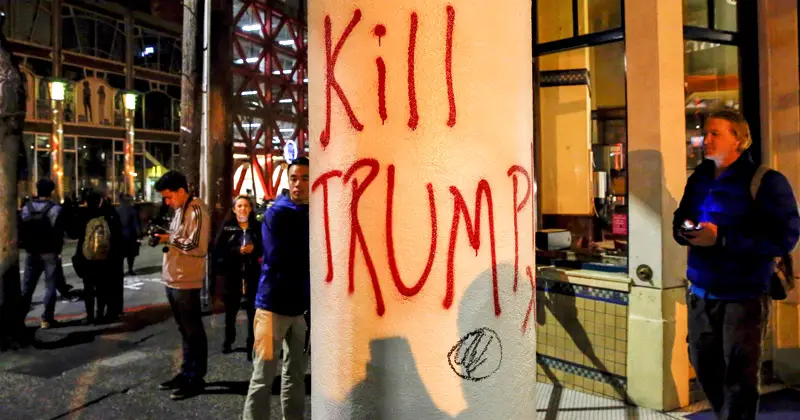
Any thinking person, college student or not, can instantly recognize that such a claim on speech is a blatant contradiction and makes little sense; free speech implies the freedom of all kinds of speech, and to violently react to an unsavory kind of speech would not be pursuant to a cause for free speech. Such self-contradictory “cause” was what the protestors were bawling for.
Although the self-proclaimed anarchists started the violence, student protestors seemed to have few qualms in joining the masked group’s violent tantrums. Their submission was impulsive and immature, especially since the violence was unnecessary.
According to a Berkeley student who was present at the protest, she had seen “someone wearing all black walk up to a student wearing a suit and say, ‘You look like a Nazi,’” before proceeding to pepper-spray and beat with a rod the apparently Nazi-looking student. Again, any thinking person can recognize that the violence inflicted here was clearly sadistic and without warrant.
There is a very fine line between violence that is necessitated by social change, and violence that is justified by the hope of social change; the former, which is rarely the case, assumes that no alternative to violence exists and, if necessary, that only the minimum level of violence is to be used, while the latter gives license to inflict violence without limit, as long as the perpetrator sees his actions pursuant to a social cause. The Berkeley case clearly fits into the latter category.
But, just how unnecessary was the violence at Berkeley? The answer is best found when comparing the Berkeley protest with those that used the alternative method. Non-violent resistance, whose roots trace back to the Greeks and even the Bible, is now commonly known as “civil disobedience.” Thoreau coined the term in his eponymous 1848 paper, which he had written in opposition to the Mexican War and slavery. Gandhi and Martin Luther King, Jr. carried the idea to their respective efforts in undoing injustice, and both succeeded, through non-violent means, in changing the course of their country’s history.
Past instances of peaceful college protests include those at the University of Missouri in 2015, Harvard in 2014 and the University of Virginia in 2012, among many others. They were all done through non-violent means, and most, if not all, succeeded in attaining their respective causes.
However, there is an important difference between the recent Berkeley protest and those in the past. In America, most past protests, violent or not, were in response to an unjust law or policy, and not to an appearance by a controversial figure. King, Jr., in his “Letter from Birmingham Jail,” cited St. Augustine in saying that “an unjust law is no law at all,” and defended his peaceful, yet technically illegal, movement to counter the segregation laws in place.
To what “unjust law” were the Berkeley students protesting?
If King, Jr. saw no need to resort to violence when fighting against a clearly racist, and domestically violent, federal government, did the Berkeley protestors have the need to resort to violence in protest against the appearance of someone whose only crime is his unsavory ideas? I trust the reader to answer this question without my help.
College students must realize that violence in political protest is uncool, inefficient and counter to our country’s history and values. Instead of resorting to physical violence, they should instead study American history and law, and then be “violent,” yet civil, in intellectual debate. Instead of dogmatically siding with the donkey or the elephant, they should instead study American politics, and force themselves into the habit of thinking twice before professing political fealty.
By studying our country’s history, law and politics, college students will learn to appreciate what being American truly means, and realize that violently attacking a person or political group for its own sake, or worse, “for the fun of it,” is done not in defense of American history and values, but of their own fragile egos.


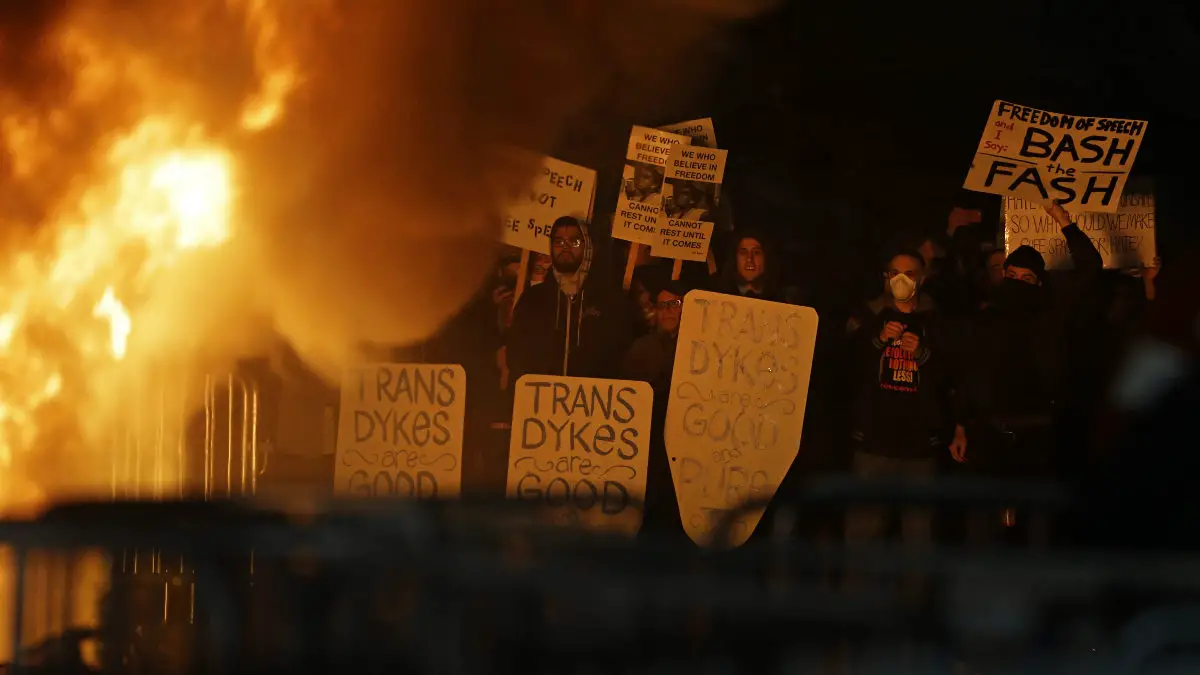





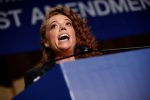
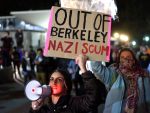
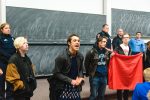







[…] Source: The New Free Speech […]